The top Marvel Comics character debuts - 1980 to 1989
Looking back at the best Marvel Comics characters created each year in the '80s
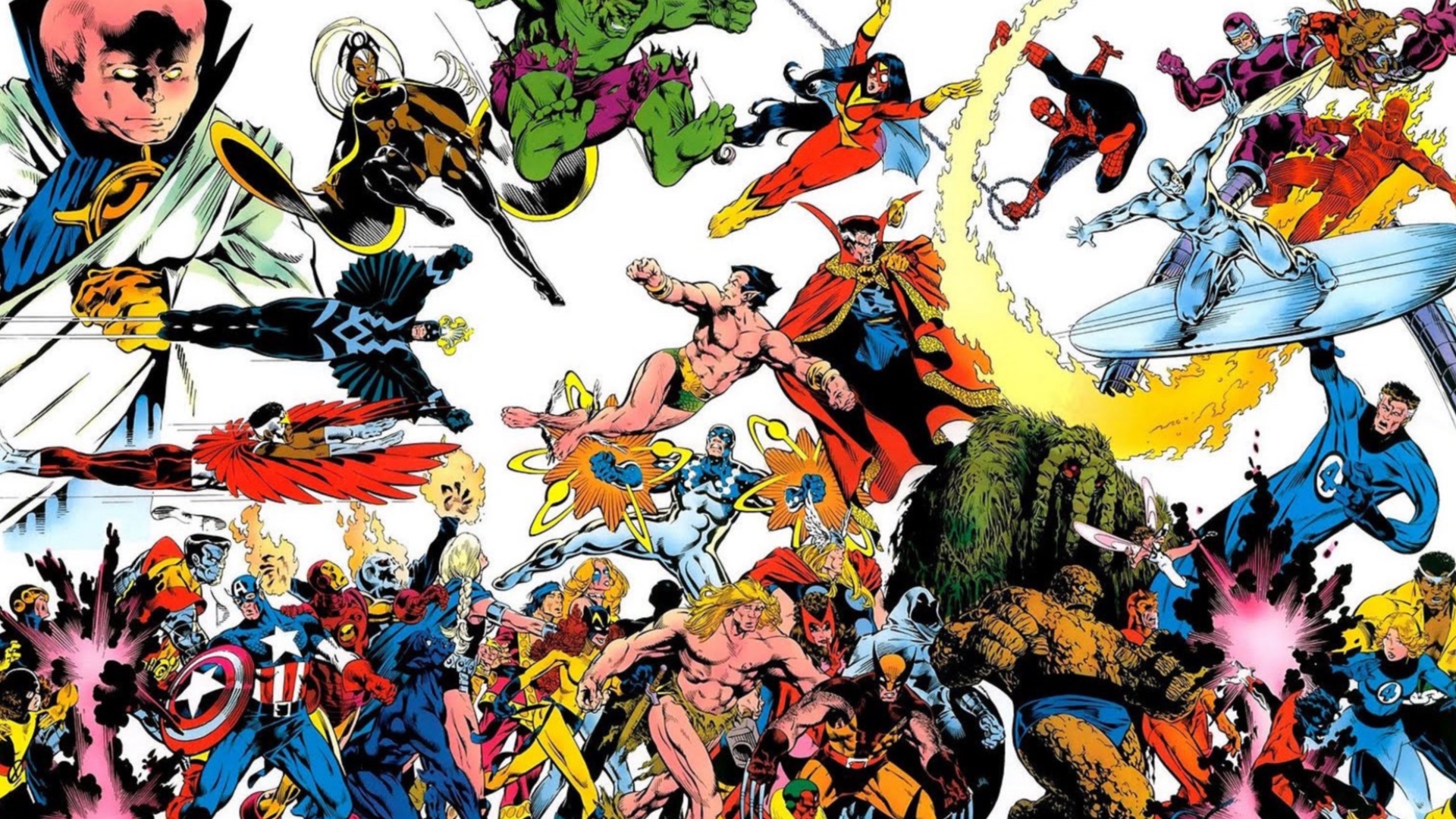
2021 marks the Marvel Universe's 60th birthday, having launched with 1961's Fantastic Four #1. In the decades since four intrepid explorers hopped in a rocket and launched the Marvel Age, the Marvel Universe has grown to include hundreds if not thousands of characters.
Some of those characters have become the equivalent of modern myths, ever-enduring heroes and villains whose narratives continue to expand and inspire new generations of fans and creators alike.
To celebrate the Marvel Universe, and honor the creations that have been birthed in its pages, we're assembling a Marvel Yearbook – a listing of the best character of each year of Marvel history, 60 characters for 60 years.
We're kicking things off by looking back at the '80s, a decade that redefined the Marvel Universe and many of its most well-known characters, and which introduced a host of new heroes and villains who endure to this day – and in which many modern fans and creators came of age as Marvel fans.
In the coming weeks, we'll be looking back at every decade of the Marvel Universe, naming our picks for the best character of every single year (though we'll be looking at the decades themselves out of chronological order, just for fun).
So far, we've also taken a look at the best Marvel characters of the '00s, the best Marvel character debuts of the '70s, and the best characters of the '90s.
When you've gone through our choices for the best character of each year of the '80s, hop on Facebook and Twitter and let us know who your favorites are, and why! It's all part of the fun.
Get the best comic news, insights, opinions, analysis and more!
1980: Kitty Pryde
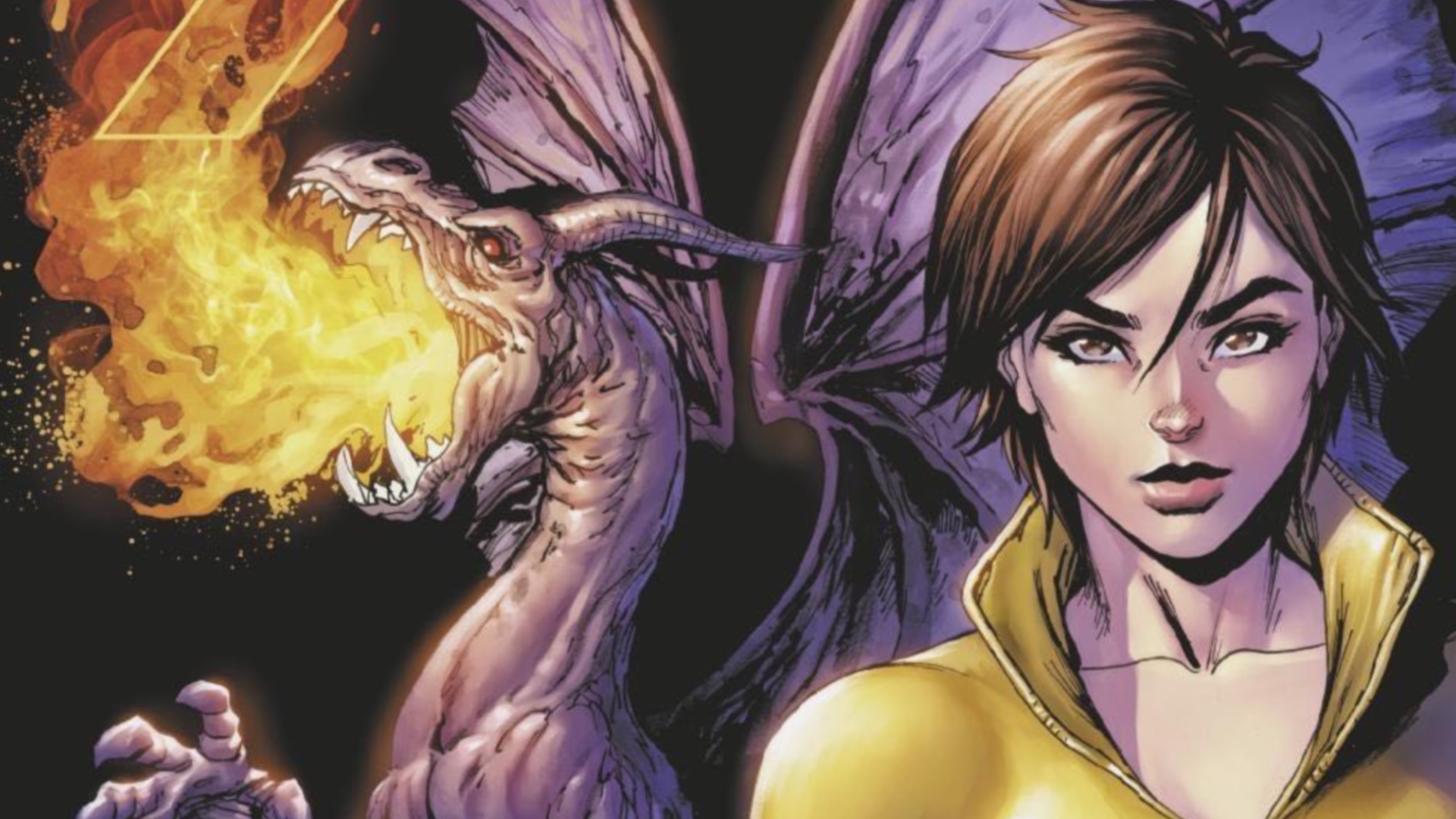
First Appearance: Uncanny X-Men #129
Recommended Reading: Astonishing X-Men (Vol. 2)
Well-read X-Men fans know all too well that nearly every new decade of the team's existence has brought a new status quo or tone to the team and their adventures.
And in the '80s, after spending the '70s on breakneck superhero action, writer Chris Claremont began focusing once again on the 'school' aspect of Xavier's School for Gifted Youngsters, including bringing in a young teen mutant named Kitty Pryde as the first of a new wave of students and characters to join the team and the title.

Joining the cast with Uncanny X-Men #129, in the midst of the vaunted 'Dark Phoenix Saga,' Kitty's youthful energy and funky phasing powers quickly became a core part of the book. Wolverine, Nightcrawler, and the other adult X-Men took a specific shine to Kitty as mentors, while many young readers found a contemporary in Kitty – a vibe that's stuck as many of us have reached adulthood alongside her growth on the page.
Now an adult going by the name Kate - Captain Kate, in fact – as the leader of the Marauders, Krakoa's Navy, Kitty's path has included becoming a ninja master, a SHIELD Agent, an intergalactic superhero in her own right, and even the headmistress of the Xavier school.
Some would say she's the ultimate example of what the X-Men can do for a person – but that's doing a slight disservice to a character who has not only had the unique benefit of growing up before readers' eyes (a rare feat for comic book characters, who rarely age in concrete ways) but who has risen beyond every challenge placed in front of her for over 40 years now.
Didn't Make the Cut: Emma Frost, Sebastian Shaw, Dazzler, She-Hulk, Donald Pierce, Taskmaster, Robert Kelly (Senator), Madame Web, Karma
1981: Rogue
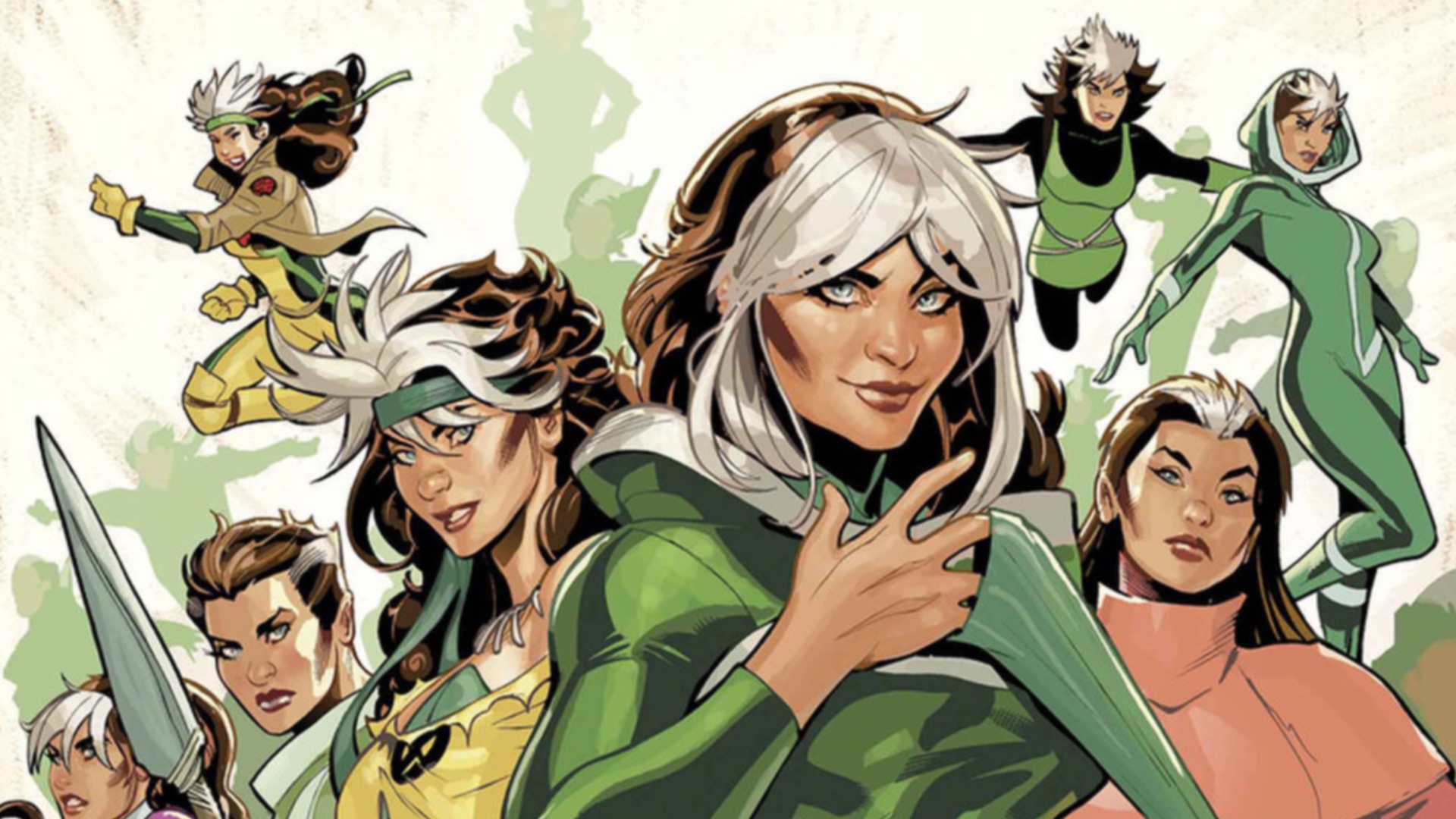
First Appearance: Avengers Annual #10
Recommended Reading: Mr. and Mrs. X
The expansion of the X-Men didn't stop with Kitty Pryde. Just a year after her debut, another young mutant was introduced to the Marvel Universe who would go on to become one of the most popular X-Men ever – Rogue.
Rogue first appeared in 1981's Avengers Annual #10 as a young protege of the villainous Mystique (herself a breakout star in her own right), who is also Rogue's adoptive mother. Rogue was manipulated by the mutant shapeshifter into using her then uncontrolled power to absorb the memories, powers, and even life force of other beings to drain Mystique's enemy Ms. Marvel of her powers and memories, leaving her comatose.
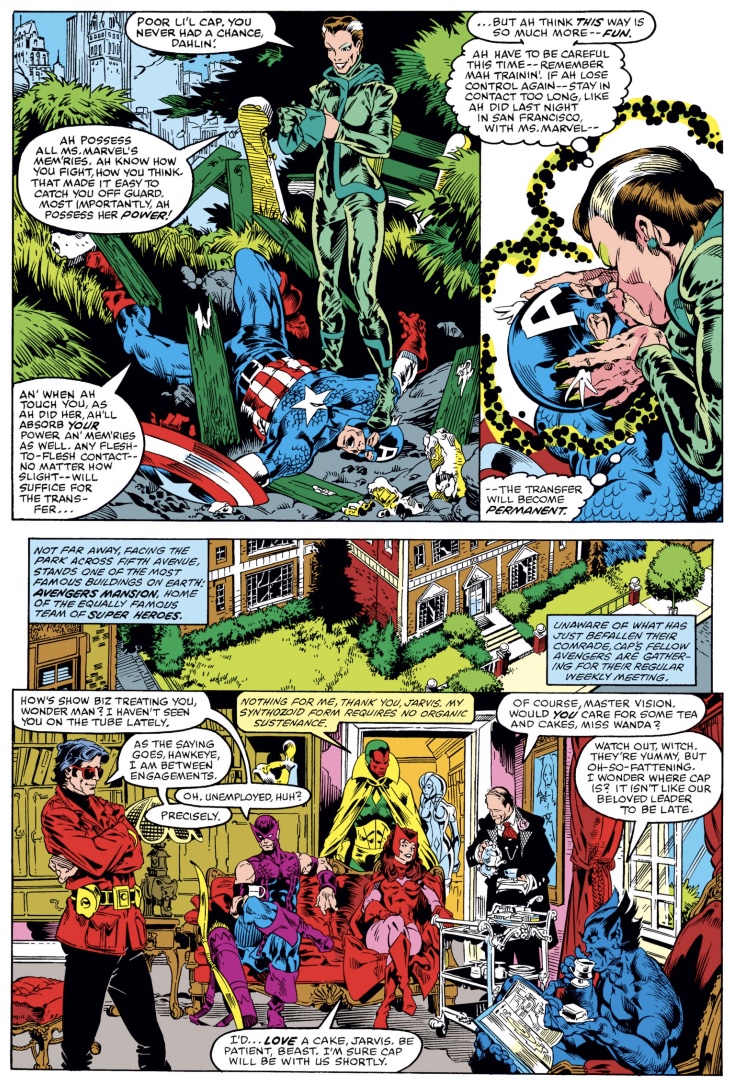
Rogue subsequently wound up possessing some of the powers of Ms. Marvel long-term, including flight, super strength, and invulnerability. Combined with her absorption powers, which required her to cover all her skin in clothes lest she accidentally drains someone, she became one of the strongest mutants of the era.
Rogue began her redemption by joining the X-Men – a position she's maintained more or less ever since, through the kinds of ups-and-downs that only the X-Men can experience (x-perience?).
Rogue has gone on to also become one of the most popular mutants, thanks in large part to her core role in the '90s X-Men: The Animated Series, and her portrayal by Anna Paquin in Fox's X-Men movies. She also became a fan favorite for her part in the X-Men's soap opera dynamics thanks to her will-they-won't-they/can-they-can't-they romance with fellow mutant Gambit. These days, Rogue's powers are largely under control and she's happily married to her long-term love interest.
Didn't Make the Cut: Destiny (Irene Adler), Elektra, Pyro, Rachel Summers, Siryn, Caliban, Firestar, Firebird, Saturnyne
1982: Monica Rambeau
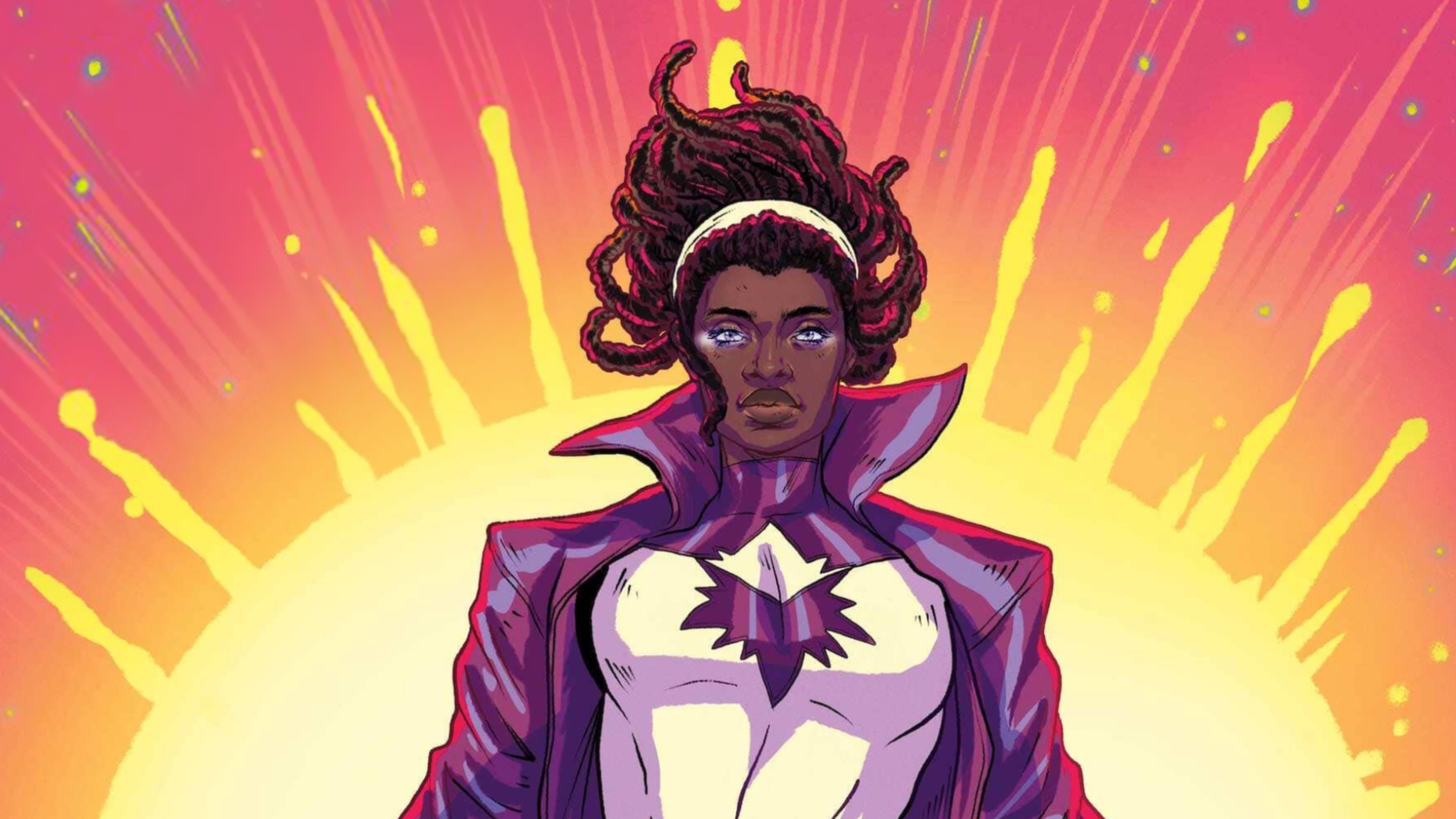
First Appearance: Amazing Spider-Man Annual #16
Recommended Reading: Nextwave: Agents of HATE
Many modern fans are only learning of Monica Rambeau thanks to her role in WandaVision (played to perfection by Teyonah Parris), but her Marvel Comics history runs much deeper than even her budding MCU presence. In fact, Monica Rambeau has the distinction of being Marvel Comics' first female Captain Marvel, long before her ally Carol Danvers took on the mantle.
Monica's story begins in 1982's Amazing Spider-Man Annual #16, which gave her origin story as a New Orleans Harbor Patrol agent who develops energy powers during a run-in between Spider-Man and an alien weapon.
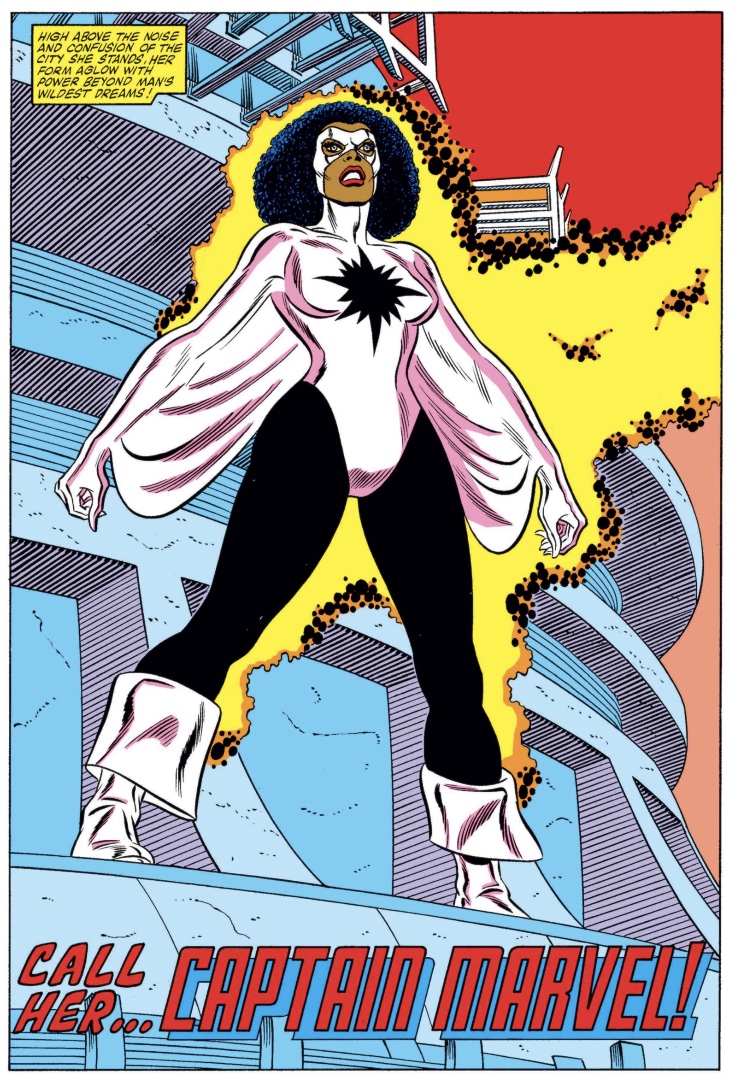
Dubbed Captain Marvel by the media, Monica embraces the name and becomes a full-fledged superhero, using her power to transform into and control almost any type of energy to become an Avenger – even becoming the team's leader not long after joining.
Over the years, Monica has changed her codename a few times including using the names Photon and Pulsar, but her latest evolution into an elite cosmic hero under the name Spectrum seems to have stuck.
One thing that's never changed though is Monica's status as a cult favorite character who always finds a way to become an integral part of the Marvel Universe whenever she's around – much to Marvel's benefit.
Didn't Make the Cut: Cloak & Dagger, Cannonball, Mirage (Danielle Moonstar), Sunspot, Wolfsbane, Obadiah Stane, William Stryker
1983: Beta Ray Bill
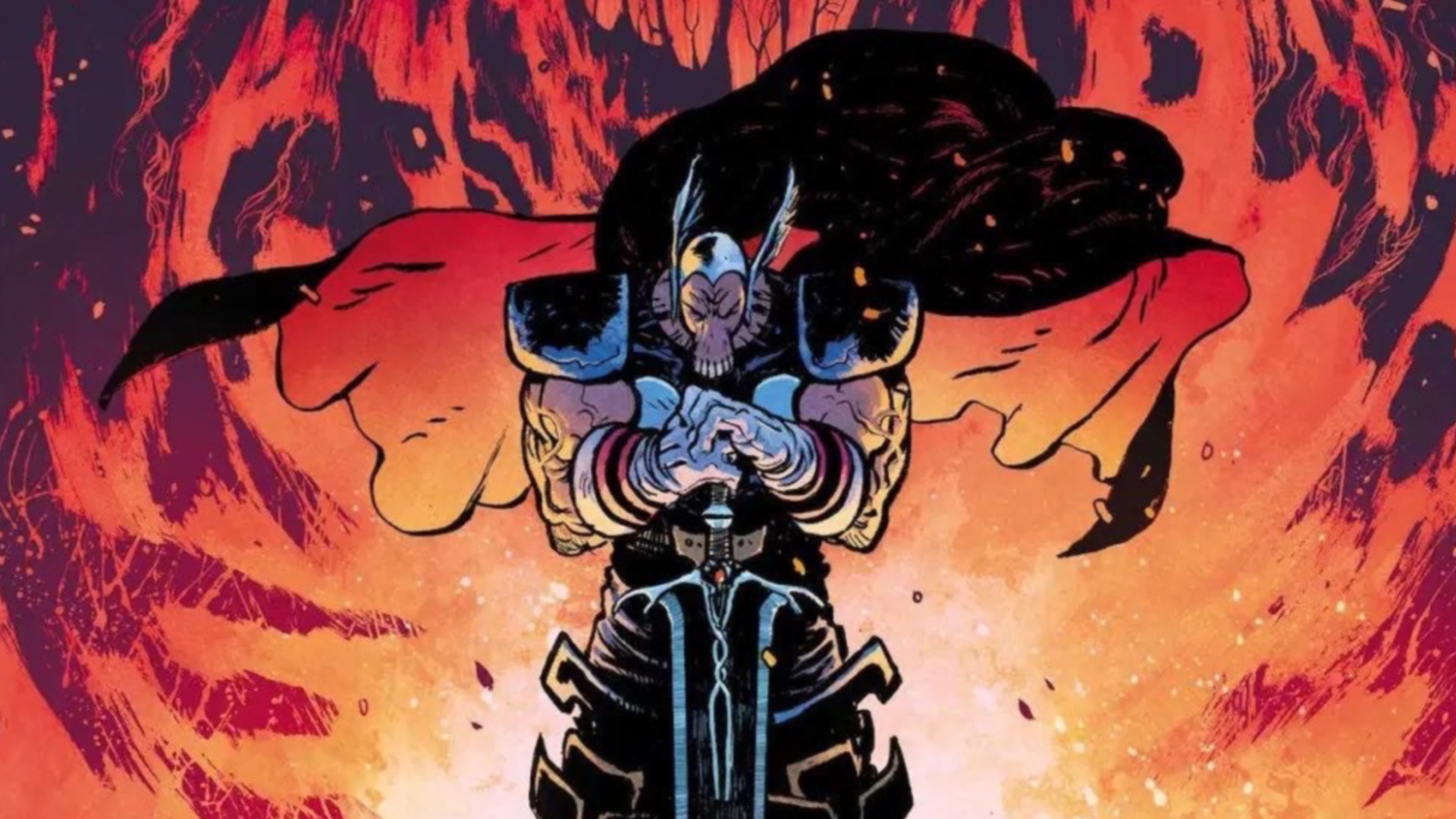
First Appearance: Thor #337
Recommended Reading: Walt Simonson's Thor: Vol. 1
If you're looking at this weirdo, who ostensibly resembles some kind of horse-Thor, and wondering what the hell we're thinking, you may be just like many of the Marvel fans who have yet to be won over by the charms of the Korbinite warrior known as Beta Ray Bill.
First appearing in 1983's Thor #337 from writer/artist Walt Simonson, Bill was initially an enemy for Thor who, like many of the God of Thunder's other enemies, wished to seize Thor's hammer Mjolnir.
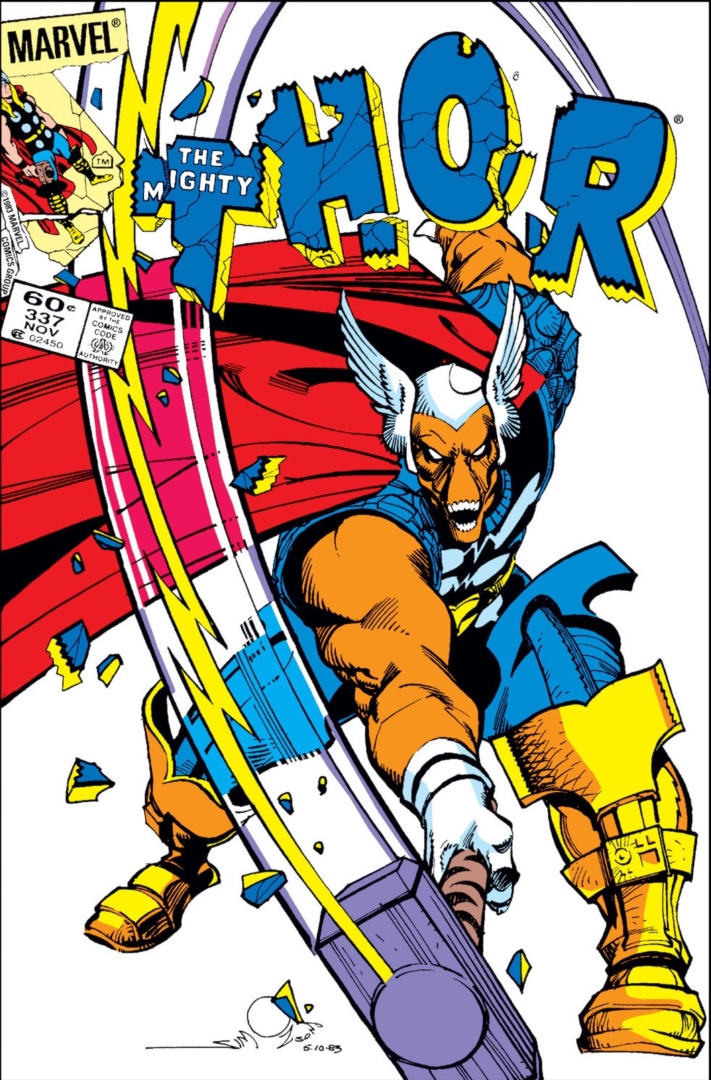
However, unlike so many of Thor's challengers over the years, Bill not only bested the God of Thunder in combat, he actually proved worthy of Mjolnir, and was transformed by its power after lifting it.
As it turns out, Bill was actually just trying to save his homeworld – a task Thor aided him in after Odin pitted the two against each other for control of Mjolnir, only to return it to Thor and create a new weapon for Bill known as Stormbreaker – a version of which has made its way into the MCU in Avengers: Infinity War.
In the years since, Bill has become one of Thor's longest-running allies, and a cult-classic Marvel character who is currently headlining his own limited series from acclaimed writer/artist Daniel Warren Johnson.
Didn't Make the Cut: Lockheed, Hobgoblin, Madelyne Pryor, Callisto, Spider-Ham
1984: Venom Symbiote

First Appearance: Secret Wars #8
Recommended Reading: King in Black
The story of Eddie Brock and the alien symbiote known as Venom (an identity they collectively share) is one of Marvel's most tragic, triumphant, and tangled webs – and it all starts back in Secret Wars #8, in which Peter Parker accepts a new Spider-Man costume created by an alien machine to preserve his secret identity after his classic suit is shredded in battle.
That suit – which became Peter's look for some time – was actually the Venom symbiote taking over Peter's body. It became an even more powerful and brutal Spider-Man while Peter literally slept inside the suit, although Parker soon discovered what was going on and ditched the now clearly living, somewhat sentient costume before it was too late.

From there, the symbiote bonds with Eddie Brock, a journalist disgraced by Spider-Man, and through their shared hatred of the wall-crawler, become one of his worst enemies ever, Venom.
Venom's initial popularity quickly led to the character being revamped as an anti-hero, a role that Eddie Brock/Venom continues to play in the Marvel Universe - though others have turned Venom back into an out-and-out villain or an even more heroic presence when wearing the symbiote.
Through it all, the Venom symbiote has forged its own legacy in Marvel Comics, going beyond its bond with Eddie Brock to create a mythos that now has aspects reaching all across the Marvel Universe, even into its cosmic wing.
Didn't Make the Cut: Magik, Beyonder, Malekith the Accursed, Forge, Power Pack, Warlock (New Mutants), Puma, Iron Man 2020 (Arno Stark), Spider-Woman (Julia Carpenter)
1985: Mojo

First Appearance: Longshot #3
Recommended Reading: Longshot (Vol. 1)
The monstrous Mojo is as bizarre in personality as he is in appearance. A member of a race called the 'Spineless Ones' named not just for their invertebrate bodies but also for their cowardly, callow natures, the cyborg psychopath Mojo is the leader of the self-styled Mojoverse, a place where basically all aspects of life are commodified into TV broadcasts – and TV ratings equal political power.
Mojo was introduced in 1985's Longshot #3 by writer Ann Nocenti and artist Art Adams, and was initially designed as a satirical take on the perceived cold-blooded nature of real-world entertainment executives, dialed way up past 11 and seen through a mutant cyberpunk lens.
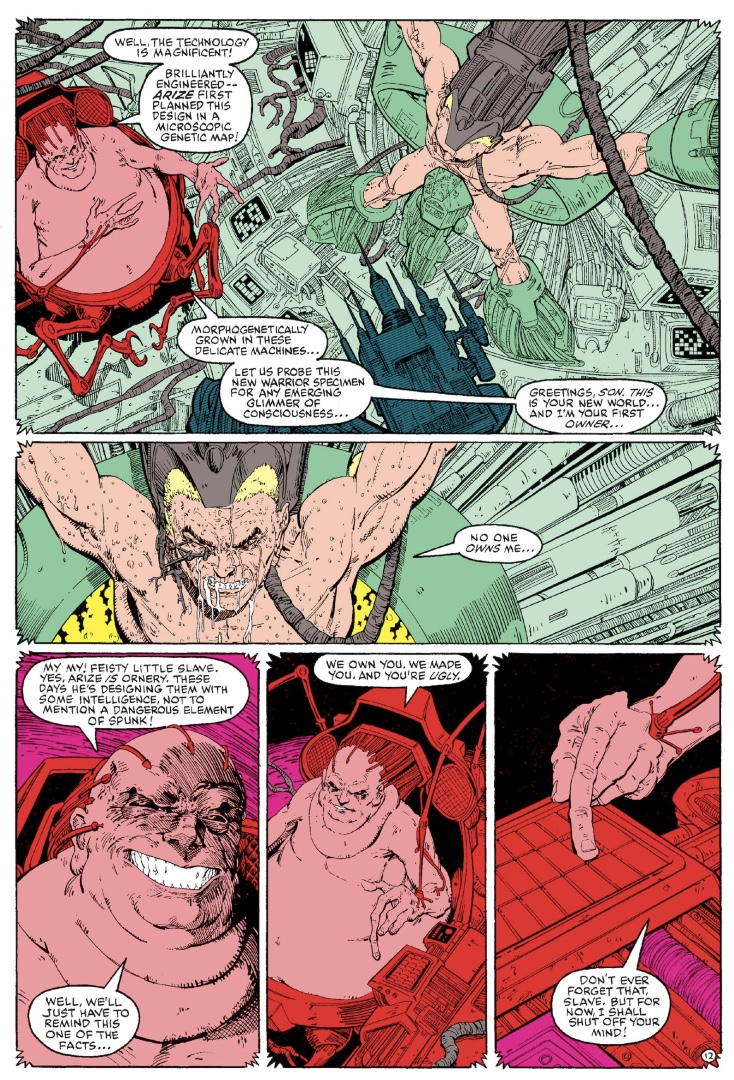
Though he's never really progressed beyond his original portrayal so much as ramped up what he's capable of, Mojo has managed to find a place in Marveldom as a cult-favorite character and an example of the kind of storytelling that is possible when creators are let loose to put their vision on the page.
And if all of that wasn't enough, Mojo created a version of the X-Babies, who are pretty much exactly what they sound like – infantile clones of the X-Men complete with their mutant powers, created as a parody of the '80s Muppet Babies cartoon as the stars of their own weird show in the Mojoverse.
As weird as he is, Mojo stands out in Marvel Comics as one of the most visually arresting and satirically charged characters the X-Men have ever faced - a role he also played in X-Men: The Animated Series, winning him a whole new generation of fans in the early '90s.
Didn't Make the Cut: Fenris (Andrea & Andreas von Strucker), Silver Sable, Nebula, Strong Guy, Longshot, Spiral, Demolition Man (D-Man), Alistair Smythe, Boom-Boom
1986: John Walker

First Appearance: Captain America #323
Recommended Reading: Captain America: The Captain
The idea of Steve Rogers being replaced as Captain America wasn't totally new by the time writer Mark Gruenwald decided to tell the tale of Rogers leaving the identity of Cap behind in 1989.
But Gruenwald's introduction of Steve's replacement, John Walker, immediately set his story apart from previous tales of Steve retiring as Cap by establishing Walker as a very different person from Steve Rogers.

Troubled, angry, and directly politically charged more than Steve Rogers ever was, John Walker was a controversial replacement for Steve to say the least - almost even veering toward villainy in his early adventures as he was manipulated from all sides by his enemies and allies alike.
But Walker's redemption at the end of his arc as Captain America set him up for his own Marvel legacy moving forward, establishing his identity as US Agent, a hero in his own right with his own adventures, enemies, and place in the Marvel Universe.
Walker's story has been adapted to the MCU in The Falcon and the Winter Soldier, which took Walker's story, exploring a different side of being an American patriotic superhero and the trials and tribulations that come with it, and brought the concept into a stark new light for a new generation of fans.
Didn't Make the Cut: Cameron Hodge, Throg, Lady Deathstrike, Apocalypse, Eddie Brock, Psylocke, Star Brand, Battlestar
1987: Death's Head
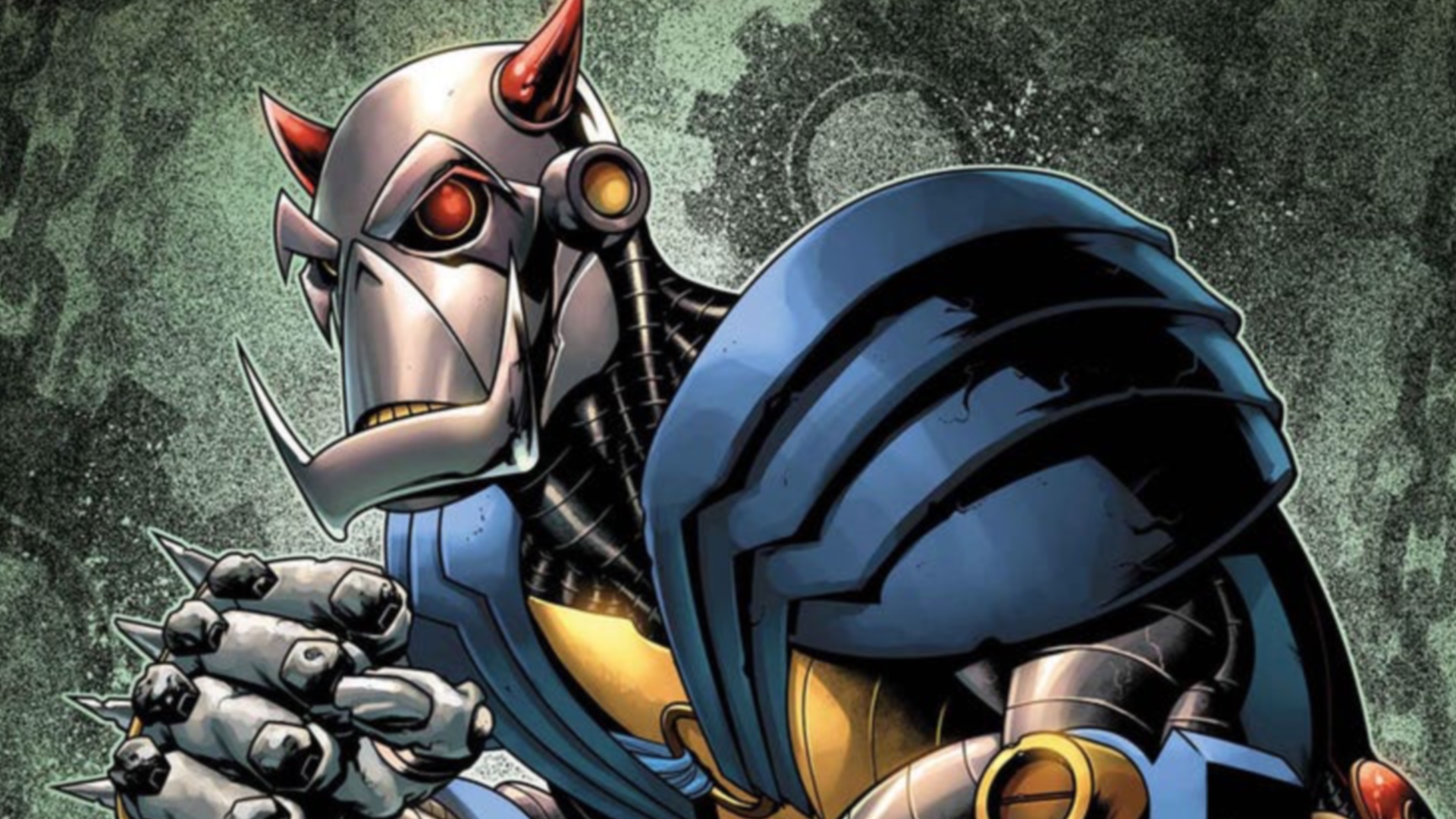
First Appearance: 'High Noon Tex'/Transformers UK #113
Recommended Reading: Death's Head (Vol. 1)
Years before Deadpool, Marvel's original merc with a mouth was Death's Head. Originally conceived, in co-creator Simon Furman's own words, as a "throwaway character" for a Transformers comic, everyone in Marvel's offices saw promise in the robot bounty hunter and quickly snuck a non-Transformers Death's Head story into print before his planned Transformers debut, to ensure he became a Marvel character and not enveloped into the Transformers universe (and copyright).
With his early stories getting a fan letter from Stan Lee himself, Death's Head became an unlikely face of Marvel's late '80s and early '90s United Kingdom division, thanks to a droll 2000AD-esque sense of humor and sci-fi in the face of Marvel's classic superhero style.

The mechanical merc has been revived, revamped, and retrofitted several times - including a fun romp in Kieron Gillen's Iron Man, and even some time spent as an agent for Time Variance Authority.
With his quirky Yoda-esque speech pattern and his ability to get into dark situations while retaining some humor, Death's Head is a welcome face whenever he appears in comics.'
And though he isn't quite a household name, he's been one of Marvel's quirkiest characters for years, regularly appearing in guest spots and even his own titles over the years, always standing as a reminder of a part of Marvel's publishing history that remains largely unknown outside the UK.
Didn't Make the Cut: Ghost, Rictor, Mister Sinister, Microchip
1988: Typhoid Mary

First Appearance: Daredevil #254
Recommended Reading: Daredevil: A Touch of Typhoid
One of the signature creations of formative '80s Marvel Comics writer Ann Nocenti and artist John Romita Jr., Typhoid Mary takes her name from infamous early 20th-century germ-spreader Mary Mallon, who carried the deadly disease Typhoid but didn't suffer the symptoms herself.
But the comic book Typhoid Mary, introduced in 1988's Daredevil #254, has little to do with spreading germs and much more to do with exploring the depth and power of the human mind.
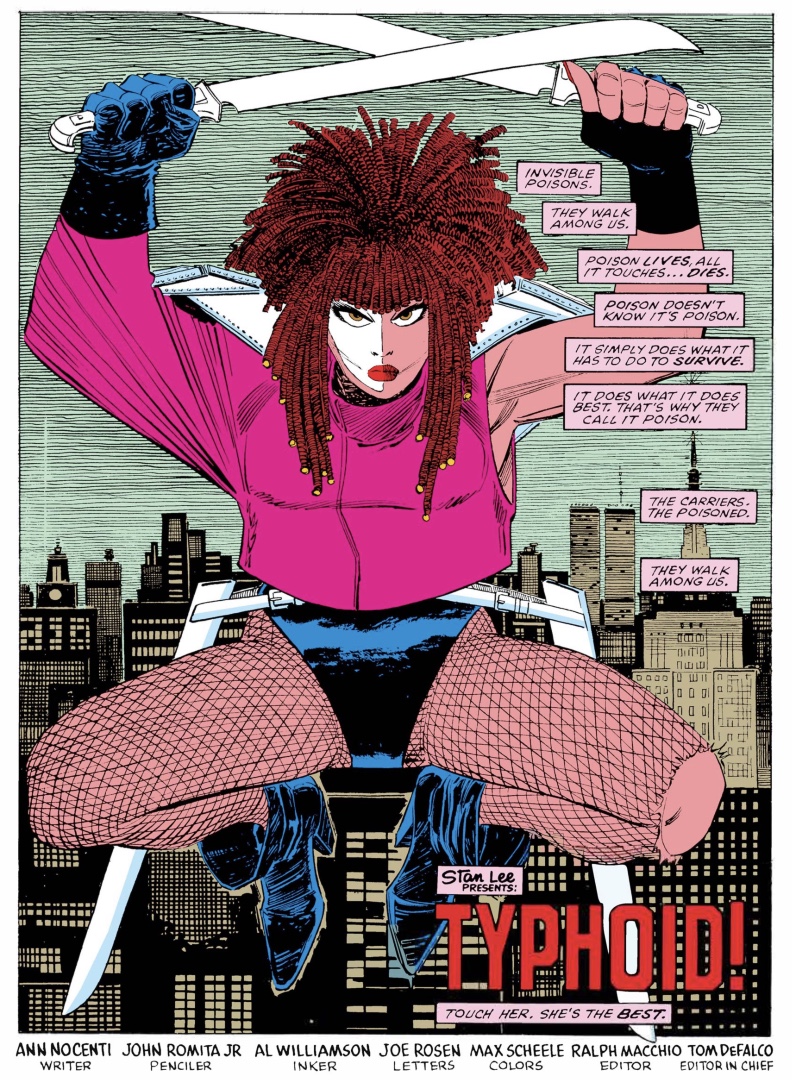
Instead, Typhoid Mary is a mutant with a fictionalized version of Dissociative Identity Disorder, and whose powers depend on which of her 'alter' personalities is presenting at a given time. Her powers manifested through a series of traumatic events, the last of which centered on Daredevil, leading Mary to become an enforcer for Daredevil's nemesis the Kingpin and others, as well as a villain in her own right.
(Yeah, Mary's origin is a bit like DC's Crazy Jane of the Doom Patrol, but Mary beat Jane to the page by about a year).
Over the years, Mary has straddled the line between hero and villain - sometimes with her various 'alters' even working at cross purposes, such as when one hired Deadpool to kill her, and another hired Deadpool to save her. And she's even been adapted to movies and TV, first in the film Elektra (the less said about that box office bomb the best), and then as one of the villains of Netflix's Iron Fist season 2, played by Alice Eve.
Didn't Make the Cut: Speedball, Tombstone, Thunderstrike (Eric Masterson), Thunderstrike (Kevin Masterson), Alexander Goodwin Pierce
1989: Jubilee

First Appearance: Uncanny X-Men #244
Recommended Reading: Generation X (Vol. 1)
Jubilee is to many late '80s/early '90s X-Men readers what Kitty Pryde was to those who came to the franchise a decade earlier, offering a new, youthful perspective to the team and providing a fresh POV character for contemporary readers to get to know the X-Men.
Created by artist Jim Lee and writer Chris Claremont, Jubilee immediately set a different tone for the X-Men, with her garish costume (partially inspired by DC's Robin) and kooky firework blasting powers. She quickly won over fans and the X-Men alike, particularly Wolverine, who took her under his wing as a protégé for a time, again much like Kitty Pryde before her.

But rest assured, Jubilee is no Kitty clone. More brash, more bold, and at times even more troublesome, Jubilee was even once confined to the X-Mansion because of the amount of trouble she would get in - usually as part of her aforementioned training under Wolverine, with whom she took on villains like Sabretooth and Omega Red.
Jubilee went on to join Generation X, a new team of teen mutants trained out of a new mutant school in Massachusetts, led by Sean Cassidy/Banshee and Emma Frost. Jubilee came into her own as part of the team, with increases in power, fresh relationships, and space to become her own character.
Over the years, her path has been somewhat odd, to say the least - including time as a gadget-powered hero when she briefly lost her powers, and also a period of time where she was a full-on vampire. But through it all, she's stayed the same fan-favorite character at her core that won over readers in comic books and even brought some new non-comic readers into X-Men fandom thanks to her role in the iconic X-Men: The Animated Series.
Didn't Make the Cut: Ramonda, Portal, Silver Fox, Blackheart, Crossbones
Now that you've read about the best Marvel characters of the '80s, catch up on the best Marvel Comics stories of all time.
I've been Newsarama's resident Marvel Comics expert and general comic book historian since 2011. I've also been the on-site reporter at most major comic conventions such as Comic-Con International: San Diego, New York Comic Con, and C2E2. Outside of comic journalism, I am the artist of many weird pictures, and the guitarist of many heavy riffs. (They/Them)



